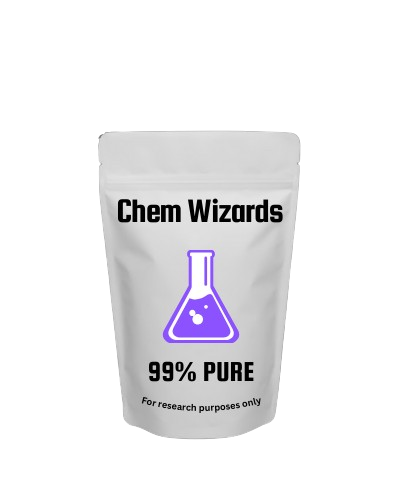

Buy 3-Me-PCP (3-methylphencyclidine)
$2,495.00 – $38,595.00Price range: $2,495.00 through $38,595.00
3-Me-PCP is a methyl-substituted PCP analog used in research for NMDA receptor antagonism and dissociative pharmacology.
Important Notice:
European customers should complete their purchases in USD (not CAD). After placing your order and before manual payment, the currency will be converted to Euros.
Canadian customers should use CAD, and American customers should use USD.
3-Me-PCP (3-Methylphencyclidine) Product Description
Introduction
3-Methylphencyclidine (3-Me-PCP) is a synthetic dissociative anesthetic from the arylcyclohexylamine family, structurally related to phencyclidine (PCP). It differs from PCP by the presence of a methyl group at the 3-position of the phenyl ring. 3-Me-PCP is primarily used in scientific research for studying dissociative pharmacology, receptor binding properties, and behavioral effects. It is not approved for medical use and is available exclusively for licensed research.
Chemical Properties and Specifications
Structural and Molecular Characteristics
| Attribute | Specification |
|---|---|
| Chemical Formula | C18H27N |
| Molecular Weight | 253.41 g/mol |
| CAS Number | Information not widely available |
| IUPAC Name | 1-[1-(3-methylphenyl)cyclohexyl]piperidine |
| Synonyms | 3-Me-PCP, 3-methylphencyclidine |
Physical Properties and Purity Standards
-
Appearance: White to off-white crystalline powder or solid.
-
Purity: Research-grade 3-Me-PCP typically ≥ 97%, verified by NMR, GC-MS, and chromatographic methods.
-
Solubility: Soluble in organic solvents like ethanol, methanol, dimethyl sulfoxide (DMSO), and dimethylformamide (DMF); low solubility in water.
-
Storage Recommendations: Store in airtight containers under cool, dry, and light-protected conditions, ideally refrigerated (2-8°C) for chemical stability.
Pharmacological Profile and Mechanism of Action
Proposed Mechanism of Action
3-Me-PCP functions as a potent uncompetitive inhibitor of the N-methyl-D-aspartate (NMDA) receptor, blocking excitatory neurotransmission that leads to dissociative anesthetic and hallucinogenic effects. Its NMDA receptor affinity is thought to be comparable or greater than PCP, resulting in significant potency. Unlike some related analogs, 3-Me-PCP does not exhibit known opioid receptor affinity. It also influences sigma receptor binding.
Research Applications
3-Me-PCP is utilized in neuropharmacological research to study NMDA receptor antagonism, dissociation, and associated behavioral changes. It also finds applications in forensic drug analysis and the investigation of emerging novel psychoactive substances.
Comparative Analysis with Related Compounds
Comparison to PCP and 3-MeO-PCP
While PCP serves as the prototypical arylcyclohexylamine dissociative, 3-Me-PCP introduces a methyl group substitution that alters receptor binding and pharmacodynamics. 3-MeO-PCP, a methoxy-substituted analog, differs in ligand affinity and pharmacokinetics but shares NMDA antagonist activity. 3-Me-PCP retains strong dissociative effects with unique binding profiles which contribute to its distinct pharmacological footprint.
Advantages for Research
-
Exhibits high NMDA receptor affinity for detailed pharmacodynamic studies.
-
Adequate purity for consistent experimental reproducibility.
-
Valuable for structure-activity relationship explorations within arylcyclohexylamines.
Safety and Handling Guidelines
Laboratory Safety
Use appropriate personal protective equipment including gloves, lab coat, and eye protection. Handling in ventilated fume hoods is advised.
Disposal and Environmental Considerations
Comply with local regulations for hazardous chemical disposal. Prevent environmental contamination through containment.
Regulatory Status
3-Me-PCP is subject to regulatory control and is intended only for licensed scientific research uses.
Frequently Asked Questions (FAQs)
-
What receptors does 3-Me-PCP primarily affect?
-
Acts mainly as an NMDA receptor antagonist.
-
How does 3-Me-PCP differ from PCP?
-
It contains a methyl group at the 3-position of the phenyl ring.
-
What is the typical purity of 3-Me-PCP?
-
Typically ≥ 97% for research-grade.
-
What solvents can dissolve 3-Me-PCP?
-
Ethanol, methanol, DMSO, DMF; poorly soluble in water.
-
Is 3-Me-PCP legal?
-
It is regulated and limited to scientific research.
Conclusion
3-Methylphencyclidine is a potent dissociative anesthetic research chemical featuring high NMDA receptor affinity. Its structural uniqueness and purity support advanced neuropharmacological and forensic research into dissociatives.
| Quantity |
0.50 grams ,1 gram ,10 grams ,2 grams ,5 grams |
|---|
Related products

Buy 2F-DCK 100MG Pellets
$3,495.00 – $118,995.00Price range: $3,495.00 through $118,995.00
Buy 2F-DCK 50 MG Pellets
$2,195.00 – $31,495.00Price range: $2,195.00 through $31,495.00
Buy 2F-DCK HCl (2-fluorodeschloroketamine)
$30.00 – $779,995.00Price range: $30.00 through $779,995.00
Buy 4F-MPH (4-Fluoromethylphenidate)
$2,195.00 – $96,995.00Price range: $2,195.00 through $96,995.00
Buy Chem-mist 2F-DCK spray 20%
$5,216.00 – $44,996.00Price range: $5,216.00 through $44,996.00
Buy D-MEX DMXE 40mg Pellets
$3,495.00 – $13,995.00Price range: $3,495.00 through $13,995.00




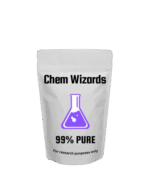
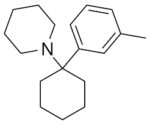
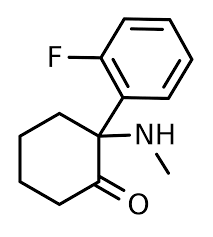
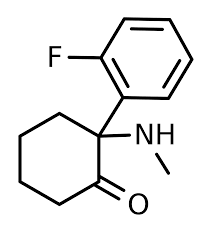
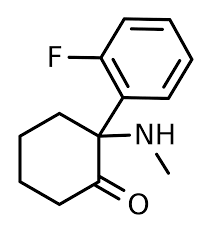
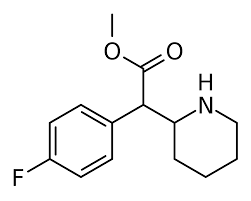
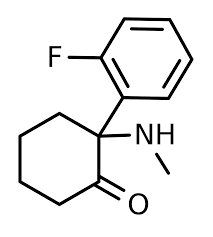
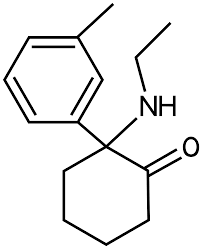
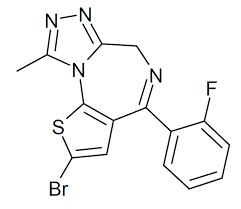
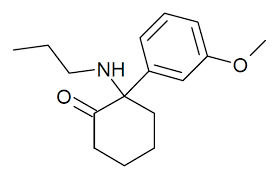
Reviews
There are no reviews yet.